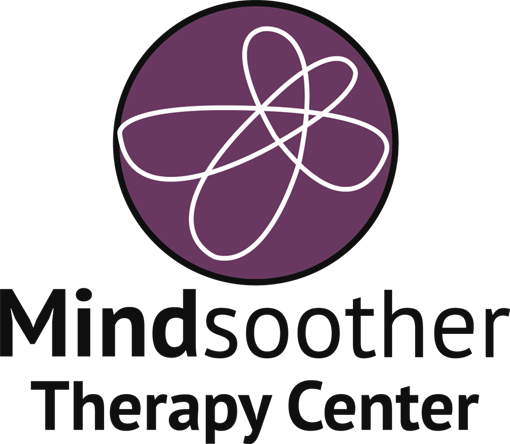Using your Breath to Reduce Anxiety
When we are feeling overwhelmed or stress, or when there is an actual emergency, often our breathing is affected. Our breath rate and pattern can change; we might begin breathing from our upper lungs instead of deep from within our diaphragms (shallow), or our breath rates might become rapid and seemingly out of control.
Now for the good news: we have control over our breathing! By shifting our breathing pattern, we can have a profound effect on our body's parasympathetic nervous system - the center of our nervous system that's responsible for slowing our heart rates and creating a calming response.
Here are three breathing techniques that can ease your anxiety and produce calm:
Natural Breath:
- Gently and slowly inhale a normal amount of air through your nose, filling only your lower lungs. (Your stomach will expand while your upper chest remains still.)
- Exhale easily.
- Continue this gentle breathing pattern with a relaxed attitude, concentrating on filling only the lower lungs.
- Repeat several times
4-8 Breathing:
- Take a long, slow breath in through your nose, filling your lower lungs, to the count of four.
- Exhale slowly through pursed lips, while you relax the muscles in your face, jaw, and shoulders, to the count of eight.
- Repeat
Square Breathing:
- Imagine a square in front of you. Trace the square with your finger in the air. This is the pattern your breathing will follow. Relax your hand.
- Breathe in to count of four.
- Gently hold your breath for count of four.
- Slowly breathe out for count of four.
- Rest for count of four
- Repeat the pattern.
Breathing is the easiest and most accessible resource we have to manage our parasympathetic responses and produce calm. And it goes wherever we go!

